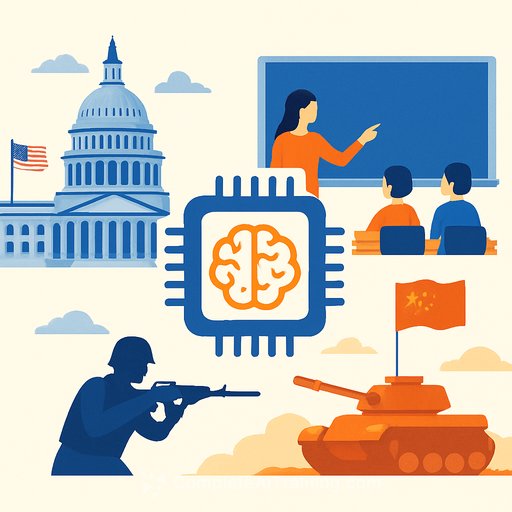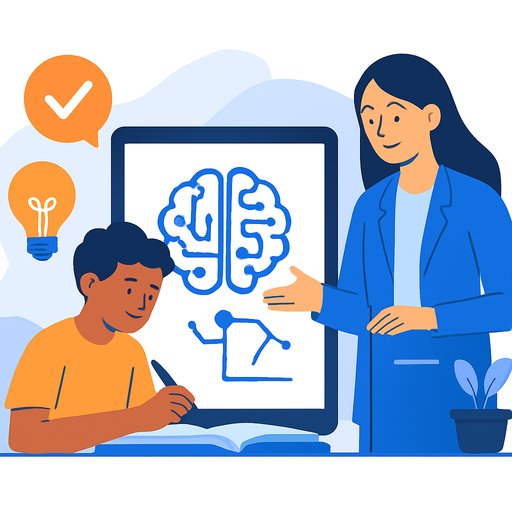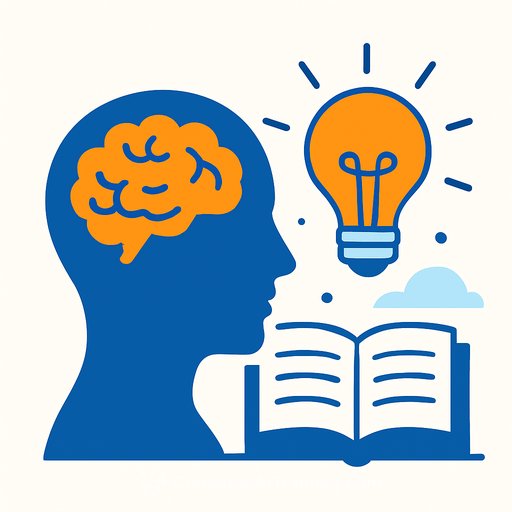Studying Up on AI at the MEA Conference to Help Guide Students
Educators at the MEA conference dug into artificial intelligence with a clear purpose: help students learn better, keep academic integrity intact, and prepare graduates for jobs that expect AI fluency. The sessions focused on what works in classrooms right now and what policies districts need in place.
If you're an educator, here's a practical distillation: how to use AI as a teaching tool, where to set boundaries, and how to bring your community along.
What Educators Focused On
- Classroom use cases: formative feedback, tutoring, content drafting, differentiation, and translation.
- Ethics: bias, transparency, and fairness in both tools and outputs.
- Student data privacy: approvals, settings, and compliance (no PII in public tools).
- Digital citizenship and AI literacy: verify claims, cite AI use, and understand limitations.
10 Practical Moves for Your Classroom
- Publish a simple AI-use policy on each assignment: what's allowed, what isn't, and how to cite assistance.
- Treat prompting as a writing skill: brainstorm, outline, and refine prompts before drafting.
- Use AI for formative feedback: ask tools to give rubric-aligned suggestions, then require student revisions with notes.
- Compare-and-critique: students evaluate an AI draft against mentor texts and propose improvements.
- Misinformation drills: have AI produce a shaky explanation and students fact-check and correct it with sources.
- Project logs: allow AI as an assistant but require a work log with prompts used and decisions made.
- Accessibility: leverage summaries, read-aloud, and language supports; document alternatives for students without access.
- Language learning: translate directions, create practice dialogs, and build vocabulary sets with teacher review.
- Assess the process: collect outlines, drafts, and reflections, not just the final product.
- Tool rotation: limit to district-approved tools; run short pilots and reflect on outcomes with students.
Academic Integrity Without False Alarms
- Clarity beats suspicion: define "allowed with citation," "allowed with limits," and "not allowed." Include examples.
- Design assessments that value thinking: in-class writing, oral defenses, unique local prompts, and multi-step projects.
- Require process evidence: version history, brainstorming artifacts, and prompt logs.
- Use AI detectors with caution: treat results as signals, not proof. Follow fair review procedures.
Privacy and Safety: Non-Negotiables
- No student PII in public AI tools. Use district accounts and disable data retention or training where possible.
- Check vendor agreements for data use, storage, and deletion. Get parent consent when required.
- Teach students to verify outputs, cite sources, and identify bias.
- Reference guidance: U.S. Department of Education: AI and the Future of Teaching and Learning and ISTE resources on AI in education.
Equity and Access
- Plan for device gaps: schedule lab time and offer offline options that mirror the learning goal.
- Use diverse datasets and examples; discuss how bias shows up and how to counter it.
- Support SPED and multilingual learners with structured prompts and teacher-reviewed outputs.
- Provide teacher time for training and reflection. Share what works across grade levels.
One-Hour PD You Can Run Next Week
- Goals (5 min): define success criteria for AI use in your school.
- Demo (10 min): show a feedback workflow on a sample student paragraph using a district-approved tool.
- Ethics quick hit (10 min): bias example, privacy checklist, and citation norms.
- Design sprint (20 min): teams adapt one current assignment with AI-allowed steps and guardrails.
- Share-out (10 min): swap templates and set one measurable next step.
- Exit ticket (5 min): note required admin support and parent communication needs.
Parent Communication Template
- Purpose: we teach students to use AI responsibly and think critically.
- How it's used: brainstorming, feedback, and language support-never to replace original work.
- Safeguards: approved tools only, no personal data, and clear citation rules.
- How families can help: ask students to explain their prompts, sources, and revisions.
Starter Toolkit for Your District
- Approved tools list with settings guide and privacy notes.
- Assignment policy language (allowed/limited/not allowed) with examples.
- Rubrics that assess idea quality, evidence, and reflection.
- Student prompt log and AI-use citation template.
- Parent consent and information sheet.
Keep Learning
Build a small pilot, document results, and scale what works. If you want curated training paths and course libraries for educators, explore these resources:
Start with one unit, one clear policy, and one measurable change. Teach students to think with AI, not think less.
Your membership also unlocks:






